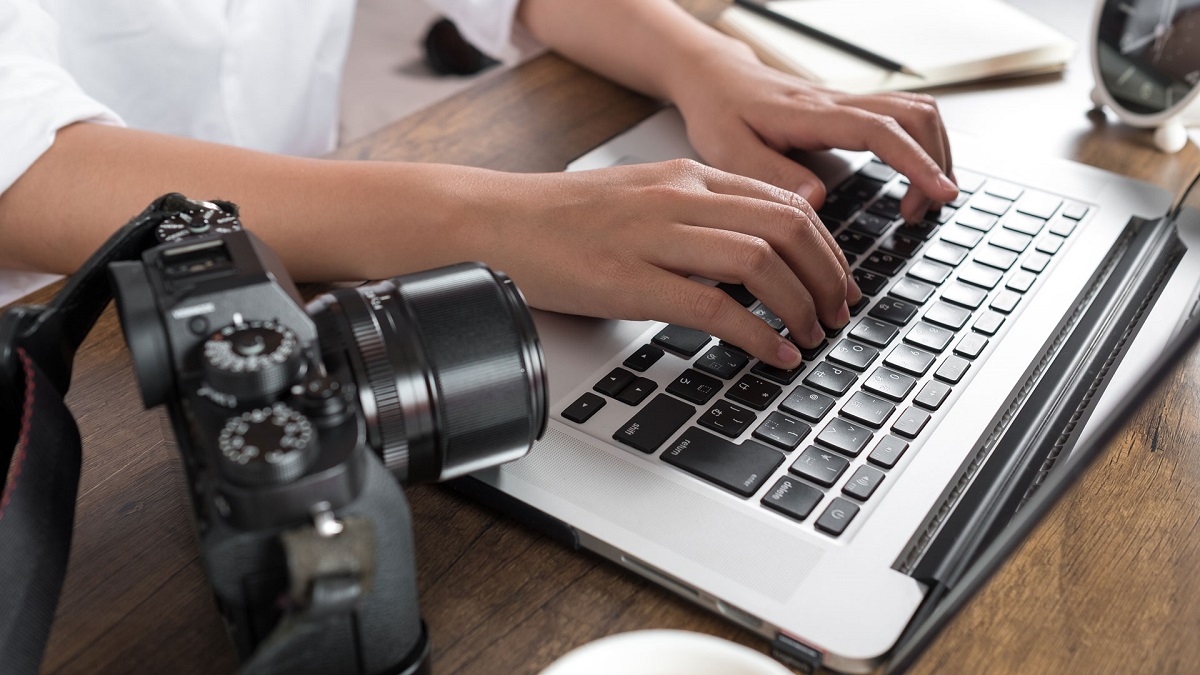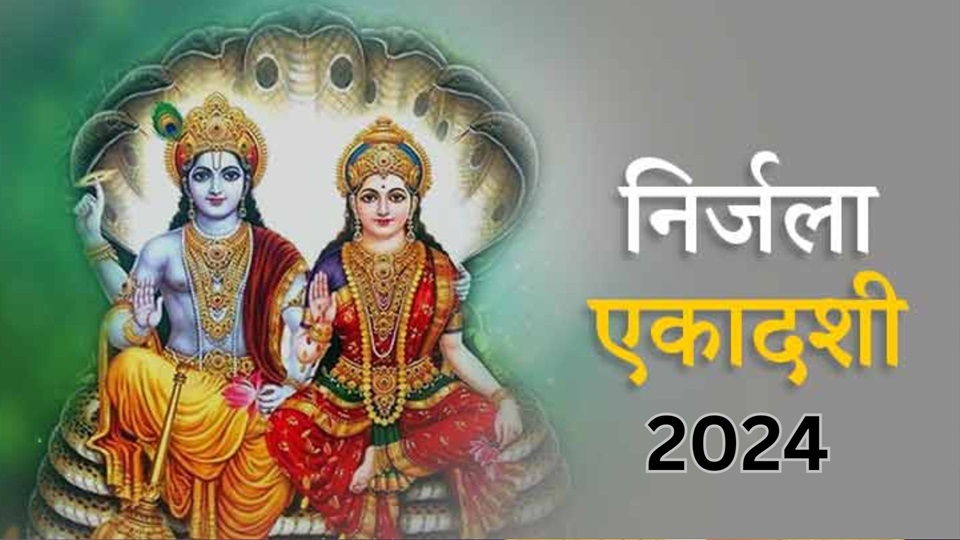To be a photographer means capturing the true essence of life in still motion picture. Every photographer beginner or professional gets into the craze of discovering all the different degrees photography has to offer. Some may opt for more traditional cameras while others choose to move ahead with time, tech advancements and trend. In this day and age, digital photography has taken over the world by storm pulling the reins somewhere around the early 2000s, where it went viral eventually categorized as mainstream. Everyone who’s anyone now engages all their time and efforts into digital photography, whether it’s a hobby or profession. But for those who are at the absolute beginners level, we should get into what digital photography is and how to go about it.
What Is Digital Photography?
Digital photography is the latest and more advanced turn to photography using photoelectric devices to capture images through a lens and share them either digitally, running them through editing. It requires a lot of fine-tuning and tweaking, converted into files and eventually moving on to a more digitized process of electronic publishing, digital printing or plain viewing. Or in simpler words just a process of capturing an image digitally with the dependency of shutter speed, aperture, ISO to produce the right exposure.
Tips and A Basic Guide to Digital Photography
Before jumping into the various guidelines needed for digital photography, we first need to get familiar with the types of equipment needed for every photographer at a beginners level to get started.
Equipment!
As mentioned above whether photography is a hobby or a profession there are some modes of equipment required for basic but mainly digital photography.
- A good camera
- A secure camera bag
- A tripod stand
- A variety of lens
- A basic studio light
- An editing software
Knowing Your Camera
We are now coming back to a few tips and guidelines for digital photography. Understanding how your camera works is an important factor required before jumping into being creative behind the lens. It’s like building a house without knowing which tool does what. We mainly focus on
- Aperture – a diameter inside the lens manipulating a certain amount of light to enter the camera giving the picture a little more depth
- Shutter Speed – when the shutter opens, light is recorded on the film determining the exposure and amount of motion blur
- ISO- light is captured by sensors and are controlled by the ISO. The lower the ISO the less sensitivity, the higher the ISO, the higher the sensitivity, capturing digital distortions side by side.
Tips and Tricks
It is easy to be able to click a random picture but wouldn’t it be great to know a few tips and guidelines necessary to create aesthetic masterpieces. A few of the most effective techniques are
- Shaking Your Camera
A picture is worth a thousand words but those thousand words will fail to explain the depth of a picture if the image is just blurred. To get a well-defined picture you need to practice holding your camera steadily either against your body for support or in case it’s hand-held start by using a tripod stand for maximum steadiness.
- The Rule of Thirds
The rule of thirds is a technique that opens up another dimension to classy photography. It consists of two lines vertical and horizontal, creating nine equal and proportional squares in total. Most pictures are clicked with the main focus in the center but the rule of thirds often requires the focus of the main object to be towards a more pleasing corner of the imaginary grid.
- Exposing the Goods
As mentioned before, a key to a good picture relies mainly on Aperture, Shutter Speed and ISO. So it’s advisable to get off auto mode and learn to use the exposure triangle if you’re looking to invest all your efforts into creating a timeless picture.
- Polarizing The View
When buying a camera lens, try investing in a polarized one. This filter usually erasing all extra reflections caused by surfaces like water, metal or glass. It leaves your picture looking flawless and vibrant.
- Flash Photography
Using a flash for dark spaces is usually the most common thing to do but if you look a little closer you will notice a little distortion in the quality of the pictures. This is why we use studio lights as well as learn to switch up or down the ISO features for a more focused in-depth capture.
- Shutter Speed
In photography always experiment with every tool. Without testing them out you’ll never know the different scenarios each picture can portray. Among these is shutter speed. During night time, try to find a slow-moving object that is well lit up. Set your shutter speed to about 4 seconds and you will find trails of light in faster motion. This works well even during daylight; of people running or a ball thrown into the air.
In Conclusion, an expensive camera doesn’t make the photographer but a well informed and well-guided photographer makes a perfect picture. You don’t need all the expensive gadgets in the world but need time to learn how to use any camera and still get equally attractive pictures.
Author bio: Michael Cormier, being the founder of Found SEO, a search engine optimization agency having over 10 years experience in the online game is also one of the leading digital marketers and custom logo design consultants in Logo Iconix, is driven by the passion of helping small and large scale business reach towards national and international levels.


.jpg)







Recent Comments